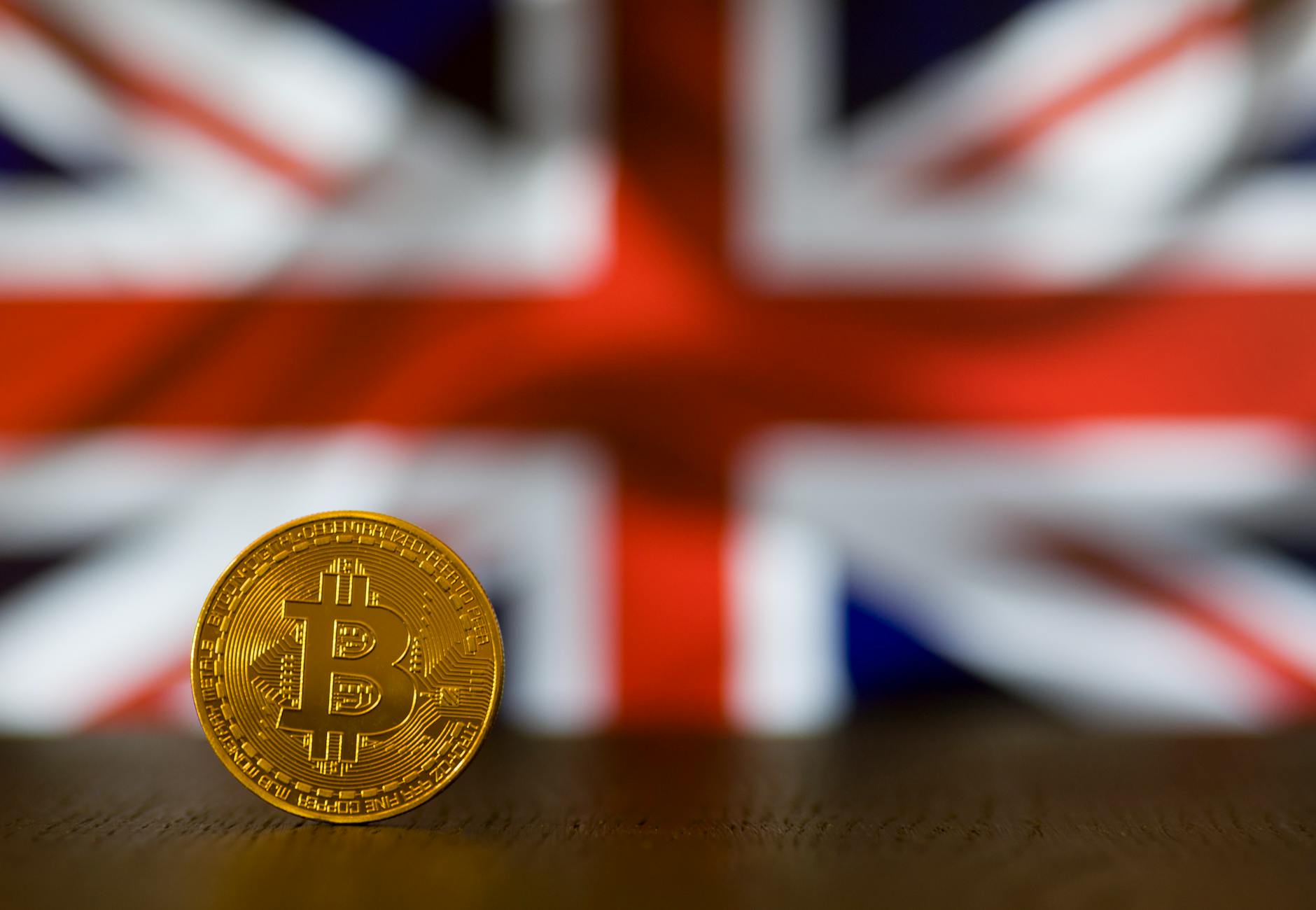Ripple Tokenization 2033: $18.9T Market Predicted - BCG Report

Ripple Tokenization 2033: A $18.9 Trillion Market on the Horizon? Deciphering the BCG Report
A recent joint report by Boston Consulting Group (BCG) and Ripple predicts a staggering $18.9 trillion market for tokenized financial instruments by 2033. This represents a compound annual growth rate (CAGR) of 53%, suggesting a potential tipping point for the widespread adoption of this technology. But is this prediction realistic, and what does it mean for crypto investors?
📌 Event Background and Significance: The Rise of Tokenization
⚖️ Tokenization, the process of representing real-world assets (RWAs) – such as securities, commodities, and real estate – on a blockchain, is rapidly transforming the financial landscape. Historically, transferring ownership of these assets was often slow, expensive, and opaque. Tokenization offers a solution by leveraging blockchain's inherent transparency, security, and efficiency. This allows for fractional ownership, faster settlements, and 24/7 accessibility.
⚖️ The current market is witnessing significant traction. JPMorgan's Kinexys platform, for instance, has already processed over $1.5 trillion in tokenized transactions, highlighting the growing adoption by major financial institutions. BlackRock's tokenized U.S. dollar money market fund (BUIDL), issued with Securitize, is another example of mainstream adoption, nearing $2 billion in assets under management and gaining traction within Decentralized Finance (DeFi).
💧 This surge in adoption is not a sudden phenomenon. Early successes in tokenizing government bonds, particularly U.S. Treasuries, paved the way for broader applications. These use cases demonstrate the potential for seamless liquidity management and real-time transactions for corporate treasurers, eliminating intermediaries and enhancing efficiency. The private credit and carbon markets are also emerging as fertile grounds for tokenization, promising increased transparency and accessibility.
📌 Market Impact Analysis: Short-Term Volatility and Long-Term Growth
The BCG/Ripple report paints a bullish picture, projecting significant market growth. However, realizing this potential hinges on several factors. In the short term, we can expect increased market volatility as regulatory clarity develops and infrastructure matures. The uneven regulatory landscape across different jurisdictions will likely continue to create challenges for cross-border operations.
⚖️ Market Analysis: The predicted growth could significantly impact various sectors within crypto. The DeFi sector stands to benefit immensely from the increased liquidity and interoperability that tokenization promises. Stablecoins, while already significant players, could also see a surge in adoption as they become integral parts of tokenized financial ecosystems. Finally, NFTs, while not directly addressed, could experience indirect growth due to increased blockchain adoption and improved interoperability.
The long-term outlook is optimistic, but the path is not without bumps. The success of this $18.9 trillion prediction hinges upon overcoming several key challenges. The report itself highlights fragmented infrastructure, limited interoperability, and inconsistent regulatory frameworks as major hurdles. Addressing these issues will be crucial for unlocking the full potential of tokenized assets.
📌 Key Stakeholders’ Positions: A Diverse Landscape
| Stakeholder | Position | Impact on Investors |
|---|---|---|
| Regulators (e.g., Switzerland, EU, Singapore, UAE) | ⚖️ Developing comprehensive frameworks for tokenized securities. | 👥 📈 Increased regulatory certainty can lead to greater investor confidence and potentially lower risk. |
| Regulators (e.g., India, China) | Restrictive or undefined regulatory environments. | Uncertainty and potential limitations on cross-border operations and investment opportunities. |
| Financial Institutions (e.g., JPMorgan, BlackRock) | Early adopters actively developing and implementing tokenization solutions. | 🏛️ Indicates growing institutional interest and validation of the technology's potential. |
| Industry Experts (e.g., ABN AMRO, Euroclear) | Highlighting both the potential and the challenges facing broader adoption. | 👥 Investors need to be aware of both the opportunities and risks involved. |
⚖️ The varying regulatory stances across countries create a complex landscape. While some jurisdictions, such as Switzerland and the EU, are actively fostering innovation with clear frameworks, others remain hesitant or even restrictive. This uneven landscape poses significant challenges for investors considering cross-border investment opportunities.
📌 Future Outlook: Opportunities and Risks
📝 The future of tokenization depends on overcoming the current challenges. Standardization of smart contracts and improved interoperability between different platforms are critical for widespread adoption. Increased regulatory clarity will also be crucial to fostering investor confidence and stimulating growth. We anticipate a gradual but steady expansion of tokenization into more complex asset classes, moving beyond bonds and funds towards private credit and real estate.
Context: The cost of implementing tokenization projects is decreasing, making it increasingly accessible to smaller firms. This democratizing effect could accelerate innovation and broaden market participation. However, without industry-wide coordination, the risk of fragmentation and the re-emergence of silos remains a significant concern.
📌 Key Takeaways
- The tokenization market is projected to reach $18.9 trillion by 2033, according to a BCG/Ripple report.
- This growth hinges on overcoming challenges like fragmented infrastructure and inconsistent regulation.
- Major financial institutions are already actively adopting tokenization technologies.
- DeFi, stablecoins, and even NFTs could see significant indirect growth as tokenization matures.
- Investors need to carefully assess both the opportunities and risks associated with this rapidly evolving market.
📌 Thoughts & Predictions
📜 I believe the $18.9 trillion prediction, while ambitious, is not unrealistic. The underlying technology is sound, and the demand for greater efficiency and transparency in financial markets is undeniable. However, the timeline is crucial. Reaching this level of adoption by 2033 requires significant progress in regulatory harmonization and infrastructure development. We may see a more gradual rollout than the report suggests, potentially stretching the timeline beyond 2033. Nonetheless, the long-term prospects for tokenization remain exceptionally strong. Investors should carefully assess the risks associated with early adoption, focusing on projects with strong regulatory compliance and proven technological solutions. The potential rewards are substantial, but a cautious and informed approach will be key to success.
This post builds upon insights from the original news article, offering additional context and analysis. For more details, you can access the original article here.

